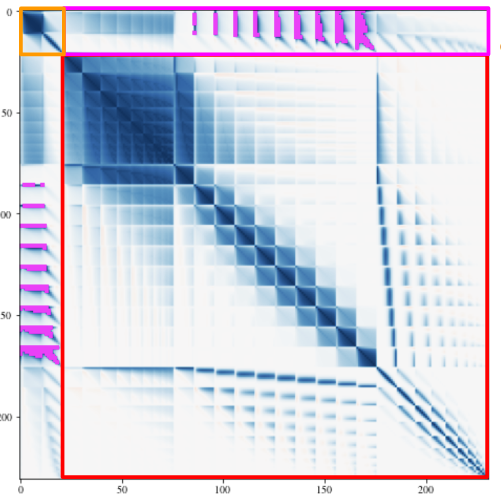CMBX Science Working Group updates
Carlo Baccigalupi, Giulio Fabbian, Stéphane Ilic
Introductory Remarks
The Cosmic Microwave Background Cross-Correlation Working Group (CMBXC WG) in Euclid has achieved significant milestones since the previous Consortium Meeting in Oslo. The team is now getting ready for analysis, starting with Data Release 1 (DR1). The group plans to exploit existing CMB Datasets – Planck in particular – and to provide support to the Consortium in connecting with operating and future CMB observational campaigns. The activities of the group progress towards completion of the planned papers within the Key Projects (KPs) on (1) Simulations & Covariances, (2) Estimators, (3) Likelihood, and (4) Extended Forecasts, as described in the following. As the post-launch phase approaches, the group has been increasing its efforts in interfacing with the activities of the rest of the Consortium, in particular with regards to the Inter-Science Working Group Taskforce Likelihood (ISTL), as well as the Science Ground Segment (SGS).
Simulations & Covariances KP
The CMB-N-Body Pipeline has been expanded to include Euclid observed galaxies in Dark Matter haloes, which constitutes a crucial platform for validation during data analysis. The pipeline’s capability is illustrated in the figure below, which shows the covariance matrices for CMBXC observables, in the angular domain. The upper left block displays the auto-correlations, while the highlighted row and column on the top and left show the cross-correlation (XC) terms.
Estimators

Figure 1: The covariance matrix for CMBX observables.
Estimators of the Integrated Sachs-Wolfe (ISW) signal have been validated as pure pseudo power spectrum estimators, Quadratic Maximum Likelihood (QML, optimized for large scales), and hybrid estimators (including needlet-based methods). In addition, lensing estimators are also currently being implemented and validated on Simulations.
Likelihood
Significant progress has been made on both fronts of the ISW and Lensing likelihood modules, getting ready to be interfaced with numerically evaluated covariances. This work is being conducted in coordination and synergy with other collaborators working on the development of the likelihood for the Euclid main probes. The CMBXC Likelihood branch is regularly updated and integrated into the IST:L framework through pull requests.
Extended Forecasts
Building upon its first paper (Ilic et al, A&A 657, 2022), the group is now extending its forecasts to include alternative cosmologies, featuring Modified Gravity models of interest for the Consortium. This work is being conducted in coordination with the Theory Science Working Group and other forecasting activities.
Meetings
In addition to the regular Splinter Meeting held annually during the Annual Consortium Meeting, the group convenes twice a year. The latest meetings took place at the Ca’Foscari University in Venice on October 6th and 7th, 2022, and at the Center of Particle Physics in Marseille, on March 23rd and 24th, 2023.
Organization
The SWG Lead rotation plan is now in place, with Giulio Fabbian and Stéphane Ilic assuming the roles of co-Lead and Deputy Lead respectively for the next two years. Moreover, new members have joined from Japan, Hironao Miyatake and Ken Osato from Oganai and Chiba Universities, respectively. They bring valuable experience from XC-related works involving the Subaru Camera.
Conclusion
The group is currently organizing its Splinter Meeting in Copenhagen. Over the next few months, the group will be focused on completion of KP papers, preparation of DR1 KPs, and analysis of data!



